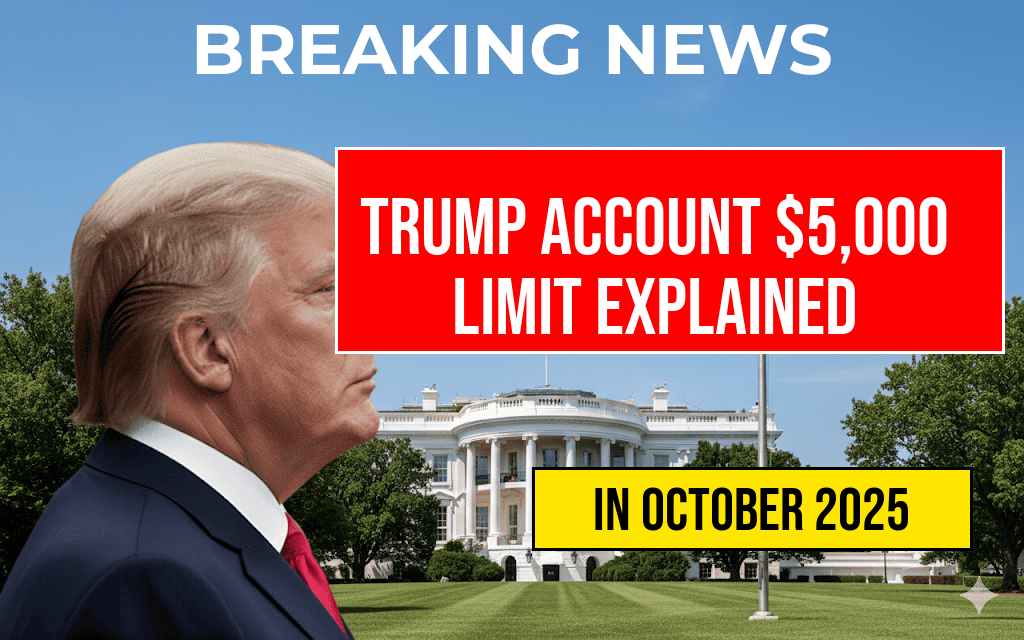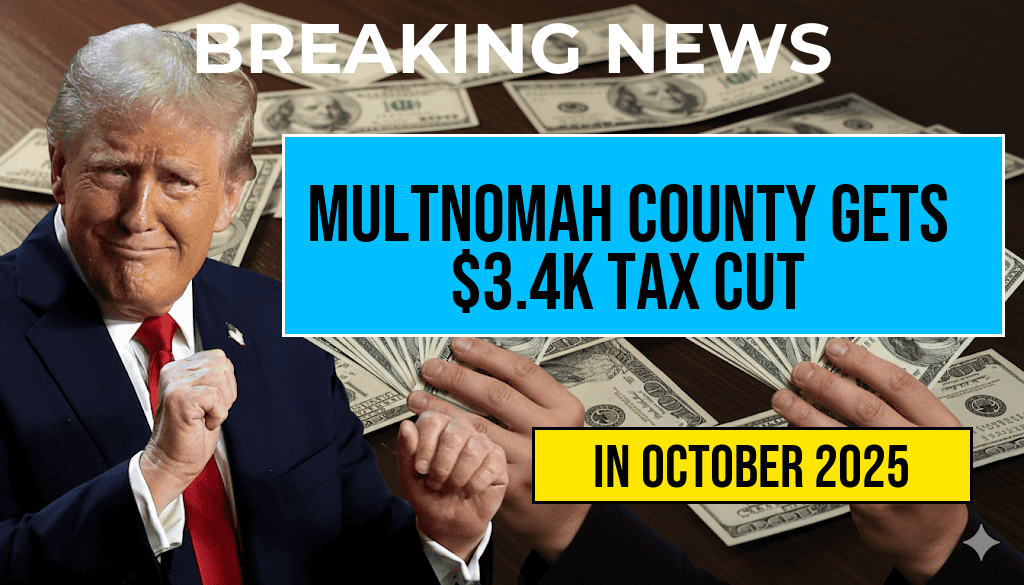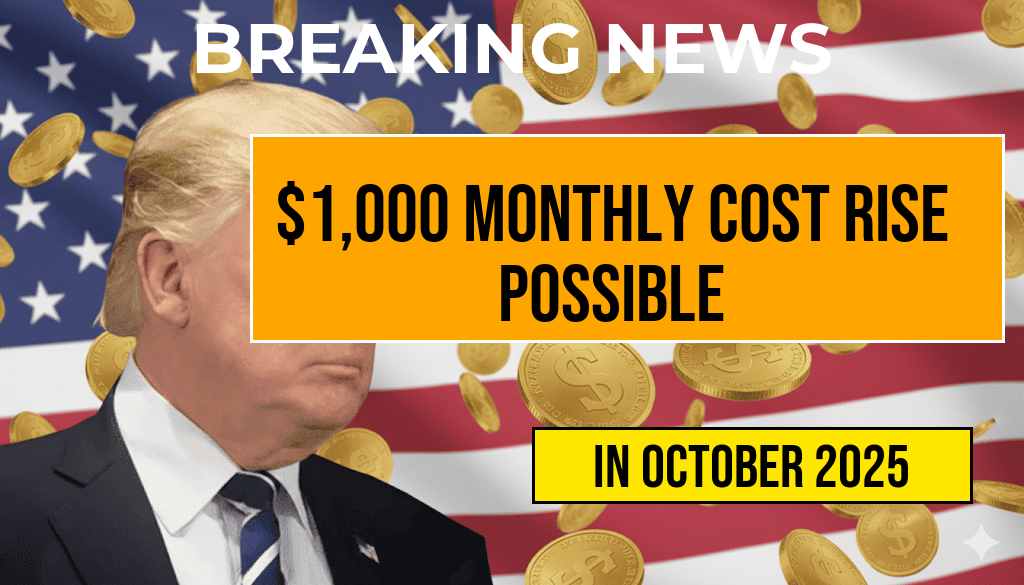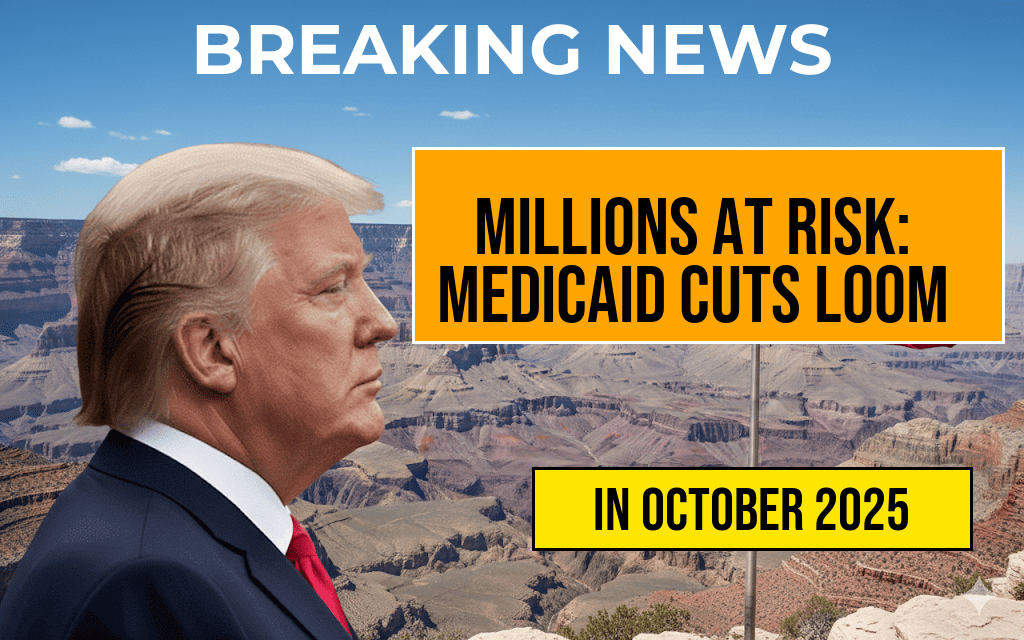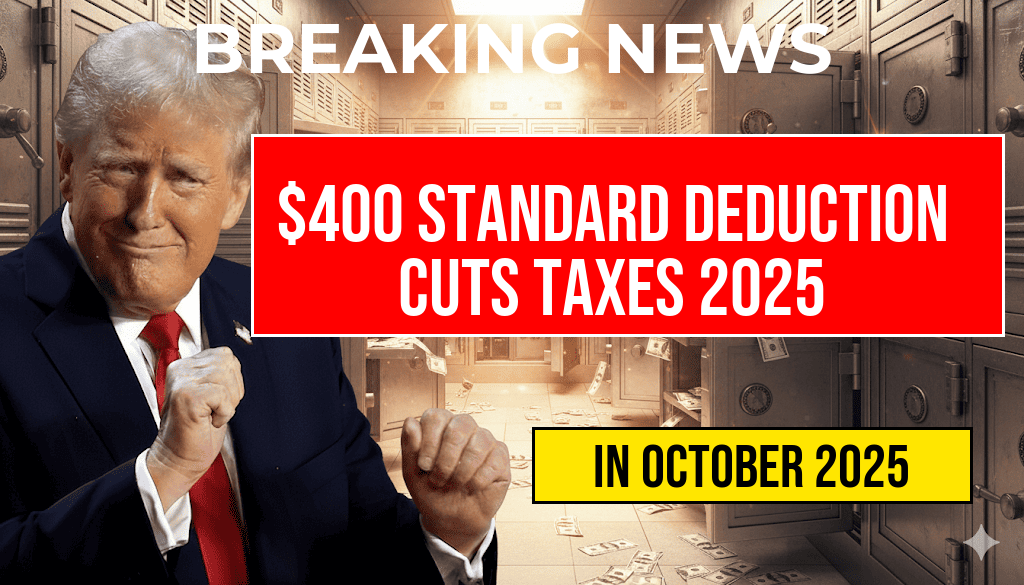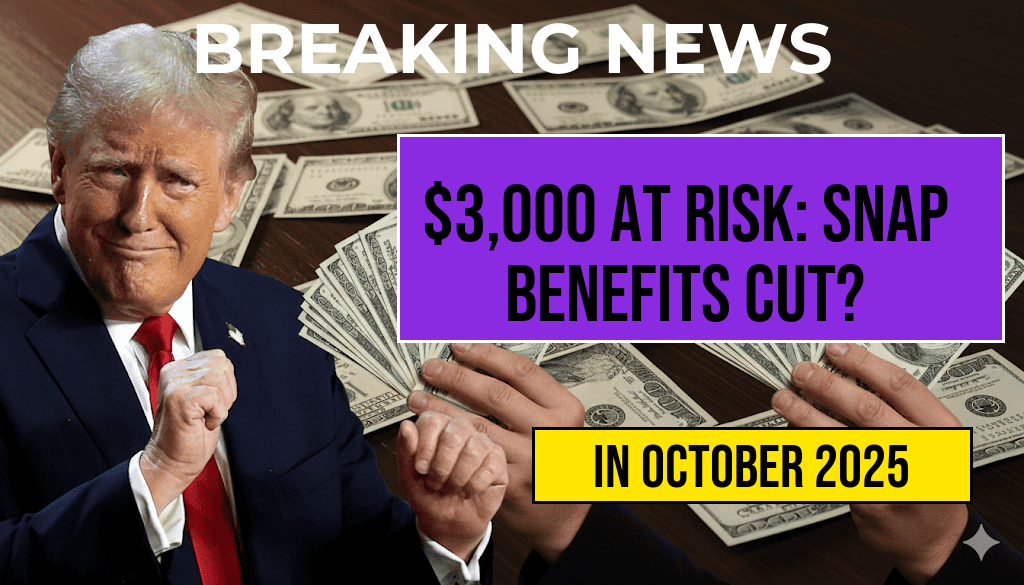Recent discussions surrounding campaign finance regulations have brought attention to the specific contribution limits imposed on accounts associated with former President Donald Trump. Notably, the $5,000 annual contribution limit to Trump-related accounts has become a focal point for analysts, donors, and legal experts alike. This cap, set by federal election laws, restricts the amount individuals can donate each year to support Trump’s political activities and related initiatives. Understanding the scope and implications of this limit involves exploring its legal basis, how it impacts fundraising strategies, and what it signals for future political financing. As the political landscape evolves, these contribution restrictions remain a critical component in shaping campaign finance practices and maintaining regulatory compliance.
The Legal Foundation of Contribution Limits
The $5,000 annual limit on contributions to individual political accounts traces back to the Federal Election Campaign Act (FECA), enacted in 1971 and subsequently amended to enhance transparency and regulate campaign financing. Under current regulations administered by the Federal Election Commission (FEC), individual donors can contribute up to $5,000 per year to a candidate’s campaign committee or related political accounts. This includes donations directed toward committees supporting or opposing specific candidates, as well as certain independent expenditure committees.
While the limit appears straightforward, applying it to figures like Donald Trump involves nuanced distinctions. For instance, contributions made directly to a candidate’s campaign are subject to the $5,000 cap, whereas donations to super PACs or other independent expenditure groups can exceed that threshold but are governed by different rules. Moreover, contributions to “Trump accounts,” which may encompass various political action committees (PACs), leadership PACs, or affiliated organizations, are scrutinized under these same limits, emphasizing the importance of transparency and legal compliance in political fundraising.
For a detailed overview of federal campaign finance laws, consult the Wikipedia page on the Federal Election Campaign Act.
Implications for Donors and Political Strategy
Donor Limitations and Campaign Funding
- Individual donors face a strict annual cap, which constrains the total amount they can channel directly into Trump-related campaigns or committees.
- Multiple contributions from the same individual within a year are permissible, provided they do not exceed the aggregate limit.
- Donor strategies often involve splitting donations across different permissible entities, such as various PACs, to maximize support within legal bounds.
Impact on Trump’s Campaign Finance Landscape
- The $5,000 limit emphasizes the importance of broad-based small donations, which remain the backbone of Trump’s fundraising efforts.
- Large donors may seek to support affiliated super PACs or independent groups that can accept unlimited contributions, circumventing direct contribution limits.
- Legal compliance becomes increasingly complex as campaigns navigate the boundaries between permissible contributions and prohibited coordination.
Legal experts highlight that adherence to contribution limits is vital to avoid fines, penalties, or disqualification from future fundraising activities. Campaigns often employ sophisticated accounting and reporting systems to ensure compliance, especially when managing multiple channels of support.
Broader Political and Regulatory Implications
| Entity Type | Contribution Limit (Annual) | Notes |
|---|---|---|
| Individual to candidate | $5,000 | Direct contributions, regulated by FECA |
| Individual to super PAC | Unlimited | Independent expenditure only |
| Candidate to other candidates | $2,900 (per election) | Per Federal Election Commission rules |
The delineation of contribution limits influences the strategic landscape of political financing, prompting campaigns to diversify funding sources while adhering to legal boundaries. As debates over campaign finance reform persist, the $5,000 limit exemplifies both the efforts to curb undue influence and the challenges in enforcing fair electoral practices.
According to political finance analysts, the current framework underscores the importance of transparency and encourages the development of alternative fundraising approaches, such as grassroots mobilization and digital campaigns, to complement traditional donations. The evolving rules also highlight the need for ongoing legislative oversight to prevent circumvention and ensure that electoral influence remains equitable.
Looking Ahead: Regulatory Developments and Political Dynamics
The landscape of campaign contributions continues to evolve, with discussions around increasing transparency and restricting the influence of large donors gaining momentum. While the $5,000 annual limit remains a cornerstone of federal election law, recent proposals suggest potential adjustments to contribution thresholds or enhanced reporting requirements. These initiatives aim to strike a balance between supporting political participation and safeguarding democratic processes.
For now, donors and campaigns must operate within the existing legal framework, which emphasizes compliance and strategic allocation of funds. The ongoing political discourse indicates that contribution limits like the $5,000 cap will remain central to debates on campaign finance reform, shaping the future of electoral support structures in the United States.
Frequently Asked Questions
What is the $5,000 annual contribution limit for Trump accounts?
The $5,000 annual contribution limit refers to the maximum amount an individual can contribute to Trump accounts within a single year, as regulated by relevant financial or political contribution laws.
Who is affected by the $5,000 contribution limit?
The limit primarily impacts individual donors, political committees, and organizations involved in funding or supporting Trump-related accounts or campaigns.
What are the implications of exceeding the $5,000 contribution limit?
Exceeding the contribution limit can lead to legal penalties, including fines or disqualification from participating in certain political activities or funding sources.
Are there any exceptions or ways to increase contributions beyond the $5,000 limit?
Generally, contribution limits are strict, but some exceptions exist for certain types of donations or entities. It’s advisable to consult legal guidelines or a financial advisor for specific circumstances.
How does the $5,000 contribution limit impact political financing strategies?
The limit influences how donors and organizations plan their contributions, encouraging them to diversify funding sources and adhere to legal regulations to avoid penalties.

